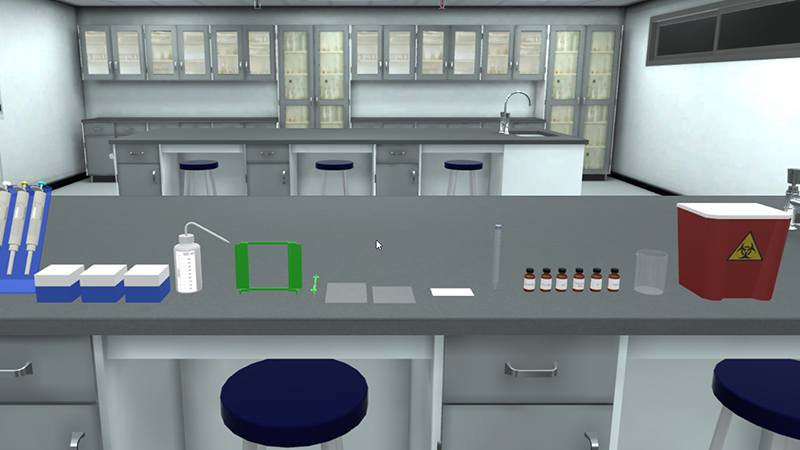SDS-PAGE (SDS-polyacrylamide gel electrophoresis) is an electrophoretic technique that separates polypeptide chains according to their molecular weights (Mr). The technique utilizes polyacrylamide gel containing sodium dodecyl sulfate (SDS). SDS in the sample and the gel cancels the effect of intrinsic electrical charge of the sample proteins. All proteins acquire a negatively charged rod like structure, so separation becomes largely dependent on Molecular weight of sample proteins.
Applications of protein gel electrophoresis: Once proteins have been separated by gel electrophoresis, they can be utilized for a number of downstream applications including:
- Determine size and isoelectric point of separated proteins.
- Enzyme assays.
- Further purification.
- Immunoblotting or western blotting.
- Elution and digestion for mass spectrometric analysis.
- Serum protein electrophoresis is tested when a patient has an abnormal total protein or albumin blood test, or, if a patient has symptoms of diseases associated with abnormal protein production, such as multiple myeloma or multiple sclerosis.



















